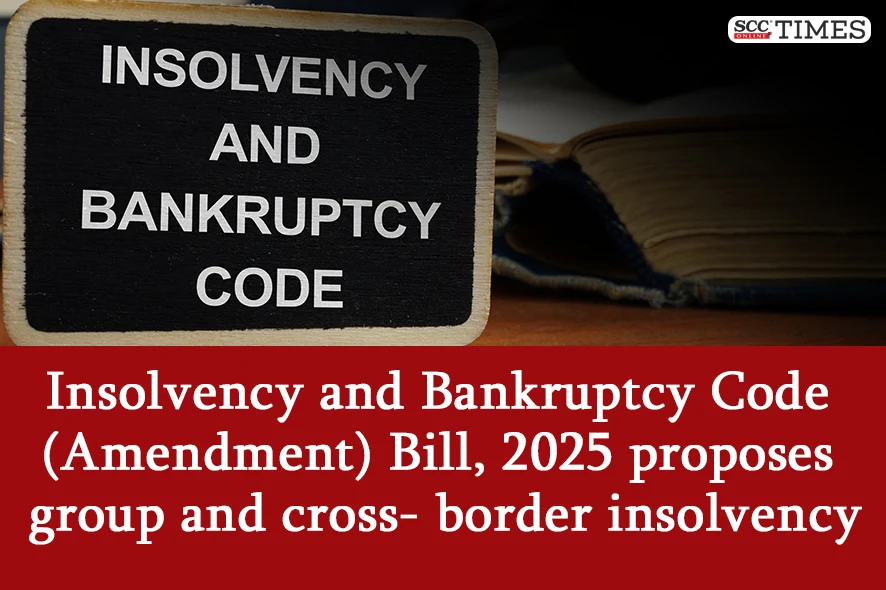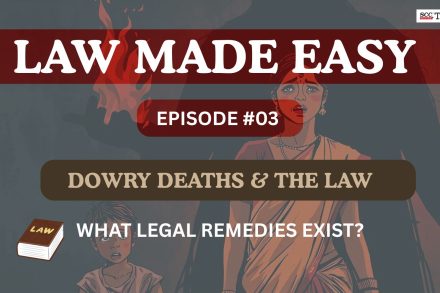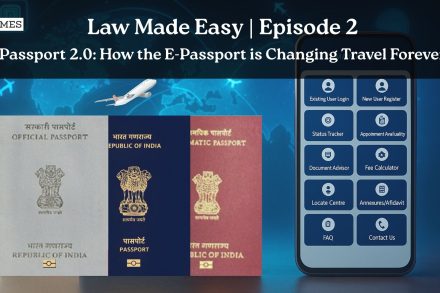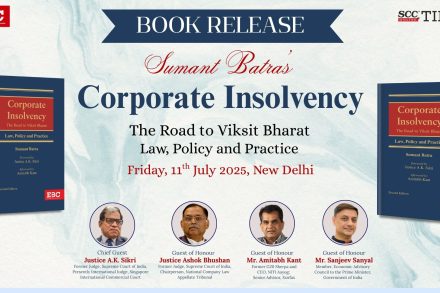On 12-8-2025, the Insolvency and Bankruptcy Code (Amendment) Bill, 2025 was introduced by the Union Finance Minister Nirmala Sitharaman, to reduce delays, maximize value for all stakeholders, and improve governance of all processes under the Insolvency and Bankruptcy Code, 2016 (‘IBC’).
The proposed amendment:
- Aims to resolve the issues arising in the implementation and to align with changing market needs.
- Seeks to modify existing provisions to better align with the overall objectives of IBC.
- Introduces new provisions that follow global best practices for resolving insolvency.
- Introduces a new Chapter on “Creditor Initiated Insolvency Resolution Process” with an out-of-court initiation mechanism for genuine business failures to facilitate faster and more cost-effective insolvency resolution, with minimal business disruption.Once the bill becomes law, this will help ease the burden on judicial systems, promote ease of doing business and improve access to credit.
- Introduces the concept of “group insolvency” under Chapter V-A, which seeks to efficiently resolve insolvencies involving complex corporate group structures, minimizing value destruction caused by fragmented proceedings and maximizing value for creditors through coordinated decision-making.
- Introduces the concept of “cross- border insolvency” which seeks to lay the foundation for protecting stakeholders interests in domestic and foreign proceedings, promoting investor confidence and aligning domestic practices with international best practices.
-
Omits the Chapter relating to “Fast Track Corporate Insolvency Resolution Process”.
What is Insolvency and Bankruptcy Code, 2016:
- The Insolvency and Bankruptcy Board of India (‘IBBI’) has been established to oversee the implementation of regulation of Insolvency and Bankruptcy Code, 2016.
- It was enacted to bring together various laws related to insolvency and bankruptcy into one single framework.
- It ensures that insolvency processes are completed within a specified time to preserve asset value.
- It seeks to fairly balance the interests of creditors, debtors, employees, and the government.
-
It alters the traditional order of payment, especially concerning government dues.







